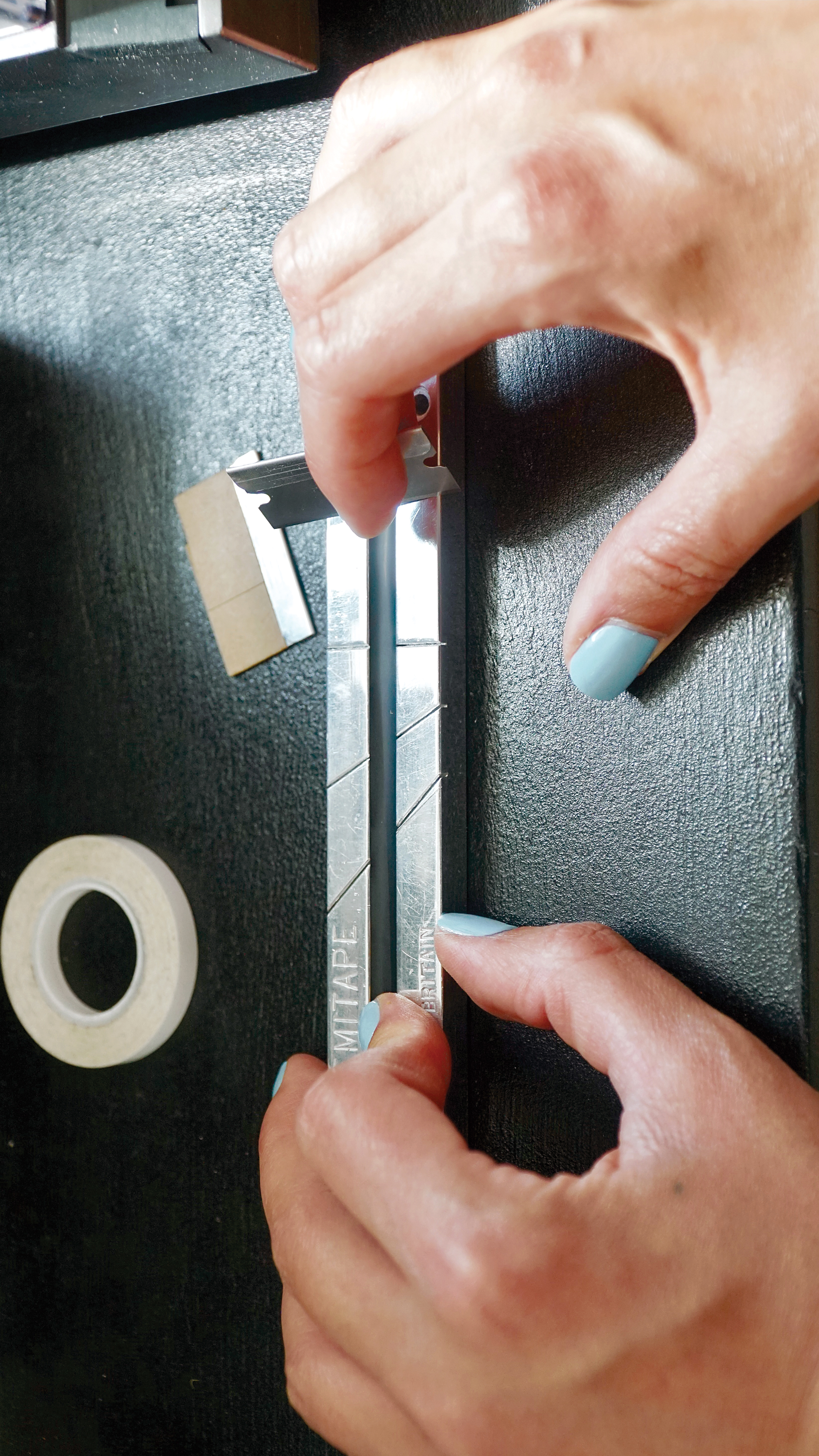I love the sound of spring reverbs and have three stereo units (two Demeter [Tape Op #21] and one Benson Amps [#126]) in my racks already. So, when my old pal, Ted Miller from Satan’s Pilgrims (we made many surf LPs at Jackpot! way back), dropped off the Surfybear Reverb Studio Edition, I was intrigued. This single space, 19-inch rack-mount unit, like many of Surfy Industries’ products, takes inspiration from the classic Fender 6G15 outboard reverb; the ones that resembled little amp heads and generated reverb tones that classic surf bands craved in the ‘60s. Surfybear Studio keeps some of the classic Fender features and adds new ones, making this a unique studio tool quite unlike anything else out there.
The Surfybear can be used with a guitar input and stereo output at guitar/amp level from the front panel, or (as I used it) as a studio effect via balanced XLR (or unbalanced 1/4-inch) I/O. The front panel adheres to some of the nomenclatures of the old Fenders, so Dwell is the input level feeding the spring (with a handy Clip LED), Mixer adjusts dry to wet signals (up to 100% in both directions), and Tone adjusts the EQ of the spring’s return sound, mostly by attenuating high frequencies. Non-Fender-like controls include Volume (the output level), and a unique Threshold and Decay section that allows the actuation of a soft-knee gate (triggered by the input, not the reverb return) in order to create shortened reverb times while muting any background noise. All of my spring reverb rack-mount units (and my EMT 140 plate) generate a fair amount of background noise, but even without the gate, the Surfybear turned out to be quieter than the others!
The reverb sound is generated via a single, full-size Accutronics spring pan made to Surfy’s specs, and instead of tubes, the audio circuits utilize Class A JFET/MOSFET transistors. It sounds excellent, and in mixes, it generated a perfect halo of reverb tone around electric guitar solos, made a classic percussion boing, and created retro vocal reverberation. Compared to my other springs, Surfybear is lighter and brighter, without the plate-like dark dwell of the Benson Studio Tall Bird or the stereo width of the Demeters. Surfybear has a more “retro” tone, reminding me of ‘60s records, which I bet the Surfy staff will be glad to hear. Though I’m used to my stereo (dual spring) reverbs, using the single spring Surfybear in mono was perfect and focused on many guitar solos. But here’s the feature I haven’t noted yet: There’s a Width knob that adds a “pseudo stereo” effect to the reverb return. What is it? Why, it’s that old comb filter trick, not unlike Capitol Record’s Duophonic fake stereo LP process in the ‘60s, where alternating EQ bands split the signal and are positioned left and right. It is mono compatible, but when soloed can sound a little out of phase to my ear. Judiciously set, it will widen the reverb’s sound in a mix in a (once again) completely unique way that I found helpful. Speaking of mono, a front panel input mono or stereo input button would have been nice. The rear panel Mono button is inaccessible when racked up, and an engineer would have no way of knowing if it’s engaged or not. I’m going to P-touch [#65] a label on mine, so users know it’s set to stereo.
Words of caution: Keep the unit’s external power supply as far away from the spring as possible, and don’t rack-mount the reverb under or above any gear that might be generating EMI/RFI via a switching power supply or possibly tube circuitry (I didn’t have any noise issues). Don’t rack or place Surfybear where there will be vibrations! Springs are electromechanical and will give you that big “crash” sound if you are not careful!
In addition to the rack-mount version reviewed here, there’s a wonderful, super-wide stompbox Surfybear “metal” unit ($350) that Ted dropped off, which saw a lot of use feeding guitar amps during tracking sessions. It’s seriously one of the best real spring pedals I’ve ever used! Many digital pedals cost more than this, so pony up.
I have to commend Surfy Industries for their commitment to real spring reverbs. While I might have designed this unit slightly differently and added more info to the front panel (Which direction do I turn the knob for more gating?), the Surfybear Studio added many features and a sound that my other studio spring reverbs don’t have. This makes me want to keep it, which, I guess, really says it all. Right?




_disp_horizontal_bw.jpg)